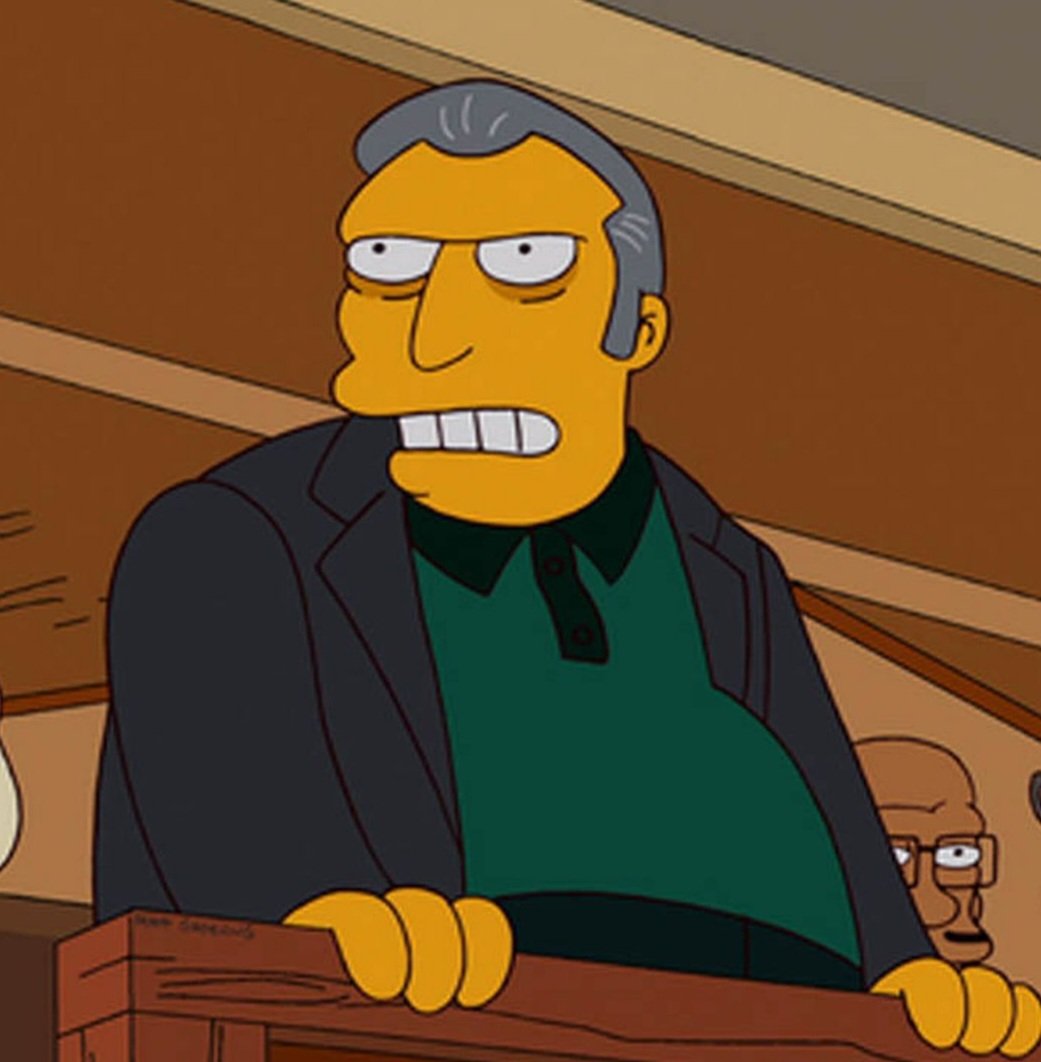I recently saw ‘Don’t Look Now’ (1973). Good picture, a little slow perhaps by today’s standards but worthy of any movie enjoyer’s time! So this movie was shot in Venice. Venice itself being an already beautiful spot to film even today. The way we get to look in a time capsule of Venice in the 70s makes the movie that much better!
People in the 70s could not in fact appreciate it the same way we do now. Concurrently we also can’t do it for today’s movies. Some movies can only be truly appreciated over time is what I believe. This matter can be expressed in both the movie’s message or, as I did, its cinematography. Hence my question now to you.


2001: A Space Odyssey still holds up pretty well both technically and narratively.
That movie pissed my ex off. 23 minutes before there was any dialogue. Should have known then and there the relationship was doomed.
That sounds pretty similar to our experience. I’ve always heard great things, but never saw it.
20 minutes in I apologized for suggesting it and we watched some paint dry instead.
Same. Any time I’ve discussed this movie, I always critique it that chapter 1 should have been shorter, 2 and 3 should have been longer and 4 should have been skipped entirely.
That said, the soundtrack and visuals are amazing. Watching it as a music video, like Interstella 5555, would be decent.
There really wasn’t anything to do in the 70’s, so people were more used to sitting around and waiting for something to happen.
And getting high. Which, tbh, chapter 4 seems like an LCD hallucination or something, which fits.
it’s definitely not a movie best enjoyed sober
Little known fact: the visual effects look so good because they shot the mattes and all elements ON THE SAME PIECE OF FILM. They’d shoot the matte, put the film in storage, build the set, then shoot the scene on top of that.